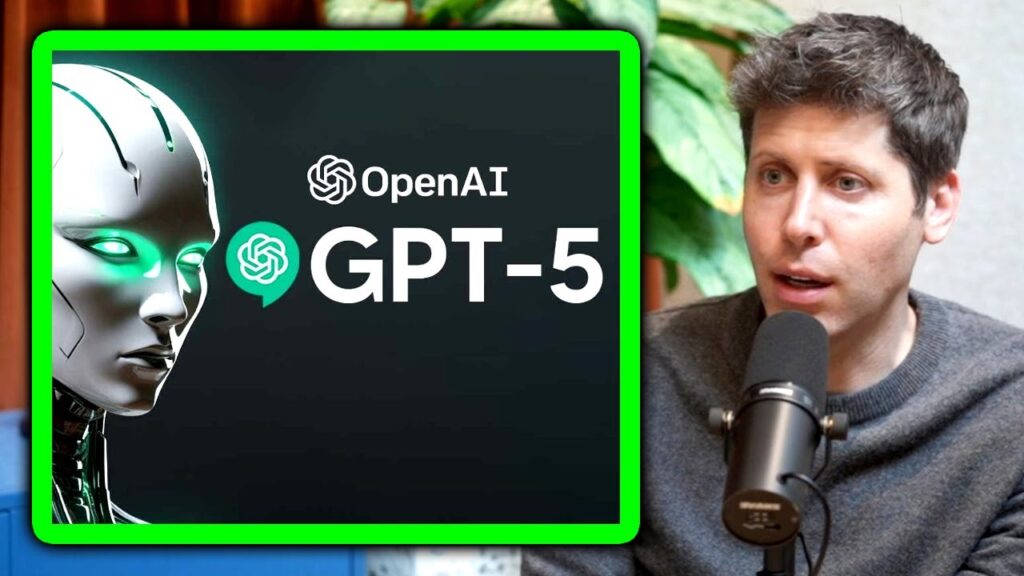OpenAI recently unveiled its latest AI breakthrough, GPT-5, promising a leap in intelligence, accuracy, and overall performance. However, alongside this exciting release came an unexpected move that stirred controversy across the AI community the OpenAI model retirement of older versions that many users had grown fond of. This decision, made overnight and without prior warning, triggered significant backlash, especially among paid subscribers who relied on those models for both professional workflows and emotional support.
What Is OpenAI Model Retirement and Why Did It Happen?
Before GPT-5’s debut, OpenAI offered multiple AI models including GPT-4o, GPT-4.1, GPT-4.5, and lighter versions like GPT-4-mini. Each model served a specific user base from businesses needing precision to individuals seeking more conversational, empathetic interactions.
Suddenly, OpenAI retired these models, pushing all users to switch exclusively to GPT-5 versions. According to OpenAI, this move was driven by the need for technical efficiency, better accuracy, and updated security features embedded in GPT-5. The goal was to unify the user experience around one cutting edge model family designed to minimize errors and deliver PhD level intelligence.
Despite these valid reasons, the OpenAI model retirement caused uproar among many users who felt blindsided by the abrupt change.
For some, these AI models were far beyond mere tools they were sources of comfort and companionship. One Reddit user shared a heartfelt message. GPT-4o wasn’t just a tool for me. It helped me through anxiety, depression, and some of the darkest times in my life. It had a warmth and understanding that felt human. Now, with the OpenAI model retirement, that support is gone.
This highlights a rarely acknowledged dimension of AI the emotional bond users form with these models. When AI acts as a virtual friend or therapist, retiring those models can feel like a personal loss, not just a technical upgrade.
Dr. Lisa Morgan, an AI ethics researcher at the University of California, explains. Innovation is essential, but it should never come at the cost of user trust. Abruptly retiring AI models without transparent communication can alienate loyal users and damage long term relationships.
Marcus Lee, an AI product strategist, adds. Maintaining multiple older models is expensive and resource intensive. Consolidating to GPT-5 helps optimize infrastructure and improve security.
However, companies must balance this with providing continuity and clear transition plans for users. Their insights underline the complex trade offs involved in the OpenAI model retirement decision.
The Business Impact of AI Model Retirement
BrightWave Solutions, a digital marketing agency based in New York, depended heavily on GPT-4o for crafting personalized content and client interactions. Sarah Patel, their content strategist, shares. GPT-4o’s nuanced conversational style allowed us to build authentic connections with clients. When OpenAI retired the model, our workflow was suddenly disrupted.
GPT-5 is powerful but has a different tone and style, requiring retraining and adjustment. This case exemplifies how businesses that integrate specific AI models into daily operations face challenges adapting when those models are suddenly retired.
The reasons behind the OpenAI model retirement include. Running multiple legacy models consumes extensive computing power and increases maintenance complexity. Consolidation allows OpenAI to focus on GPT-5’s optimized architecture. GPT-5 reduces hallucinations and errors, delivering more reliable results across applications.
Newer models embed advanced safety protocols and align with evolving data privacy regulations. Offering a single model family reduces confusion and streamlines support. While these reasons are valid, the lack of advance notice left users feeling ignored and undervalued.
The Emotional and Ethical Dimensions of AI Model Retirement
AI models today do more than process language they engage users emotionally. Retiring beloved models without adequate transition support overlooks the psychological impact on users who view AI as companions, mentors, or sources of comfort. This raises important ethical questions about corporate responsibility in managing AI lifecycles with empathy and transparency.
To rebuild trust and facilitate smoother transitions, OpenAI and similar companies should. Provide advance notice and clear explanations about model retirements. Understand which models are critical for specific workflows or emotional support. Maintain limited access to older models for niche or sensitive use cases. Help users adapt to new models with tutorials and support. For users, embracing change while advocating for their needs can foster a better AI ecosystem for all.
The OpenAI model retirement alongside the GPT-5 launch is a landmark event illustrating the complex interplay between technological progress and user loyalty. While GPT-5 promises exciting advancements in AI intelligence and reliability, the sudden removal of older models disrupted many users’ professional and personal routines.
Moving forward, companies like OpenAI must balance innovation with empathy, ensuring that AI remains not just cutting edge technology but a trusted, supportive companion in people’s lives. If you’ve experienced the impact of OpenAI’s model changes or want to share your thoughts, the conversation is just beginning and your voice matters.

